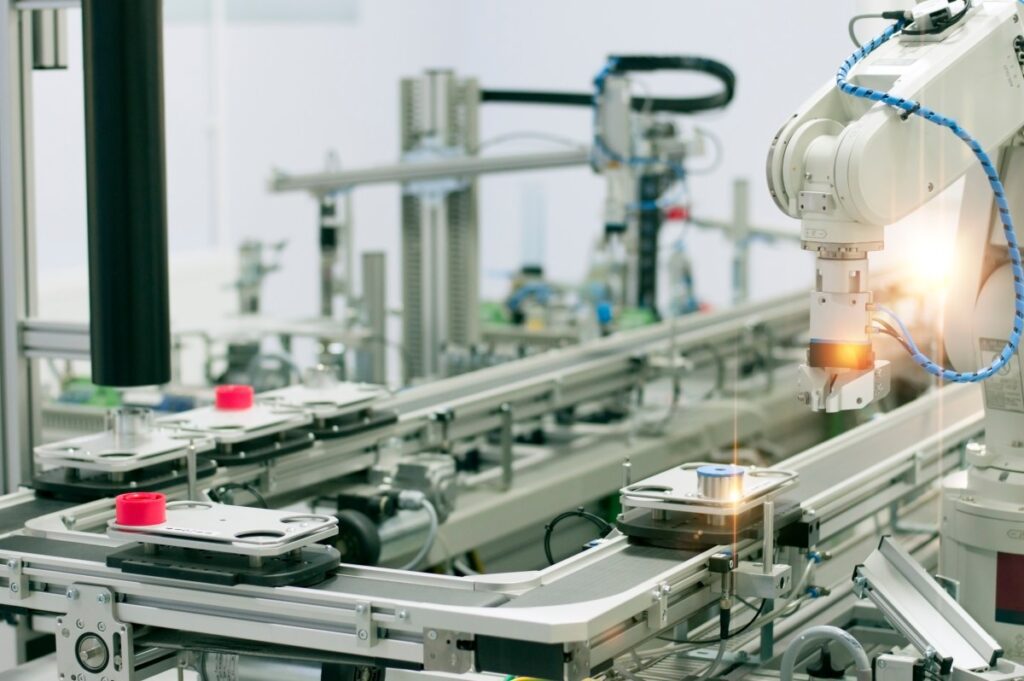The Ups and Downs of Robotics in a Changing Economy
As we dive into the world of robotics, it’s clear that even the most exciting innovations can be swept up in the tides of macroeconomic trends. The latest figures from the automation advocacy group A3 reveal a notable downturn in the North American robotics market during the first half of 2024, with both sales and revenue taking a hit.
Market Overview: Declines in Demand
In the first half of this year, the industrial robotics sector experienced a 7.5% decline in orders, totaling just 15,705 units. Revenue followed suit, dropping 6.8% to $982.83 million across the two quarters. A3 attributes this downturn to economic headwinds affecting manufacturers across various industries.
When we break it down, the situation becomes a bit more complex. The automotive sector — the biggest player when it comes to industrial automation — showed a mixed bag of results. On the positive side, orders from original equipment manufacturers (OEMs) saw a 14.4% increase, while revenue took a downturn of 12%. But for automotive components manufacturers, the news was less rosy, with orders and revenue plunging by 38.8% and 27.3%, respectively.
Jeff Burnstein, President of A3, provided a crucial insight into this situation, stating, "Rising inflation and borrowing costs have dampened spending on robotics, with many companies opting to delay major investments." Those economic pressures are likely making businesses rethink their spending and prioritization for automation technology.
The Semiconductor Woes
The semiconductor sector appears to be the hardest hit, grappling with ongoing supply chain issues. It reported a staggering 40% decrease in orders, along with a 41.4% revenue decline. This dramatic drop serves as a stark reminder that the ripple effects of broader economic challenges can wreak havoc on even the most innovative industries.
A Pandemic Hangover
Reflecting on the broader trends, it’s apparent that the momentum from the pandemic-induced buying spree has come to a halt. In 2023, the market witnessed a sharp 30% decline to 31,159 orders, compared to 44,196 orders in 2022 and 39,708 in 2021.
However, in the midst of these challenging statistics, A3’s Burnstein highlights a silver lining. Despite the hurdles, the quest for operational efficiency and workforce enhancement is still fueling interest in robotics, especially in sectors like food, consumer goods, and life sciences.
Bright Spots Amid the Clouds
Among the troubling trends, the life sciences sector delivered an encouraging performance with a 47.9% increase in sales and a whopping 86.7% increase in revenue. Meanwhile, the food and consumer goods categories outshone others, boasting an impressive 85.6% rise in orders and a 56.2% revenue increase.
The Road Ahead: A Time for Adjustment
Despite the unsettling statistics, there’s no need to press the panic button just yet. The adjustment we’re witnessing was somewhat inevitable, given the previous surge in demand. Although broader economic concerns challenge various industries, the march toward automation remains a certainty. It’s more of a question of when businesses will adopt these technologies, rather than if.
In conclusion, while the robotics arena faces some uphill battles, there are pockets of growth and optimism. The shift toward increased operational efficiency promises a continual demand for innovative solutions.
The AI Buzz Hub team is excited to see where these breakthroughs take us. Want to stay in the loop on all things AI? Subscribe to our newsletter or share this article with your fellow enthusiasts.




